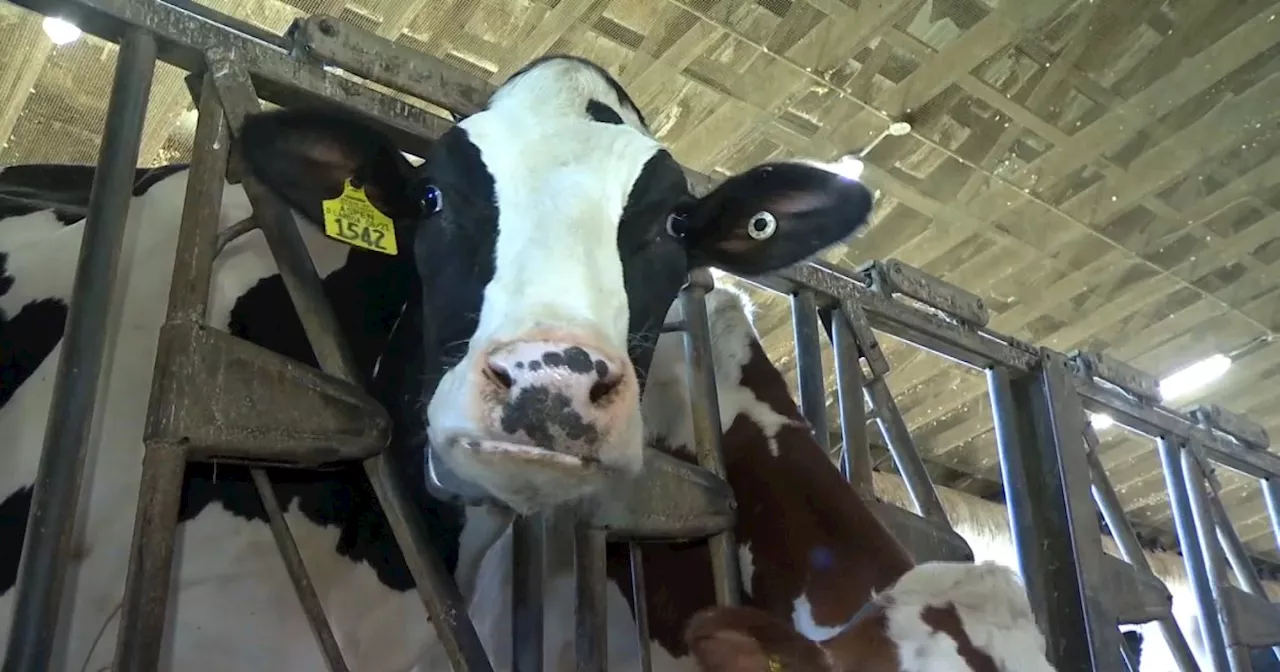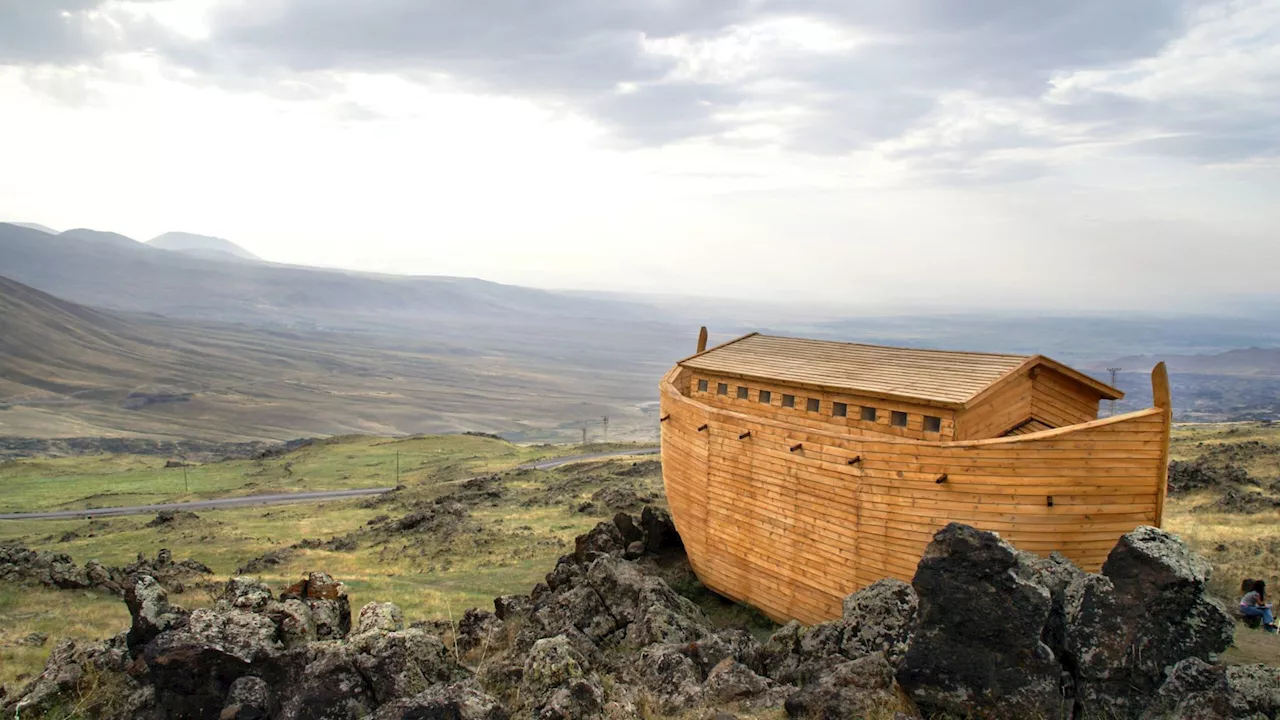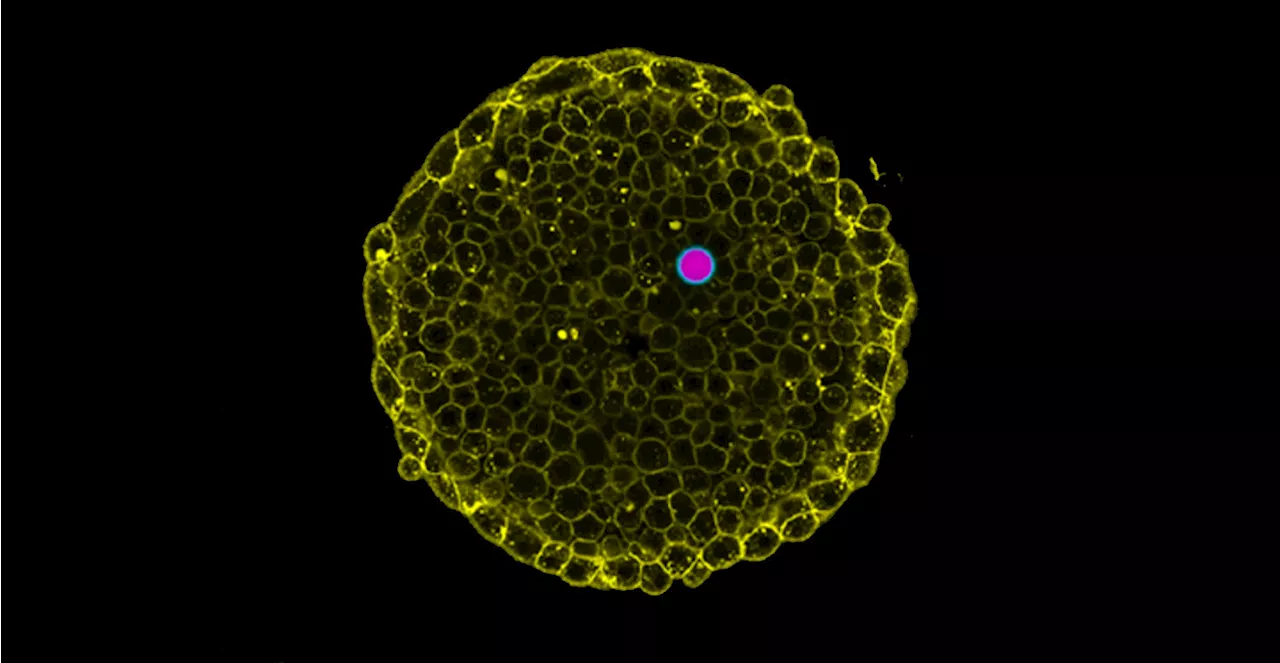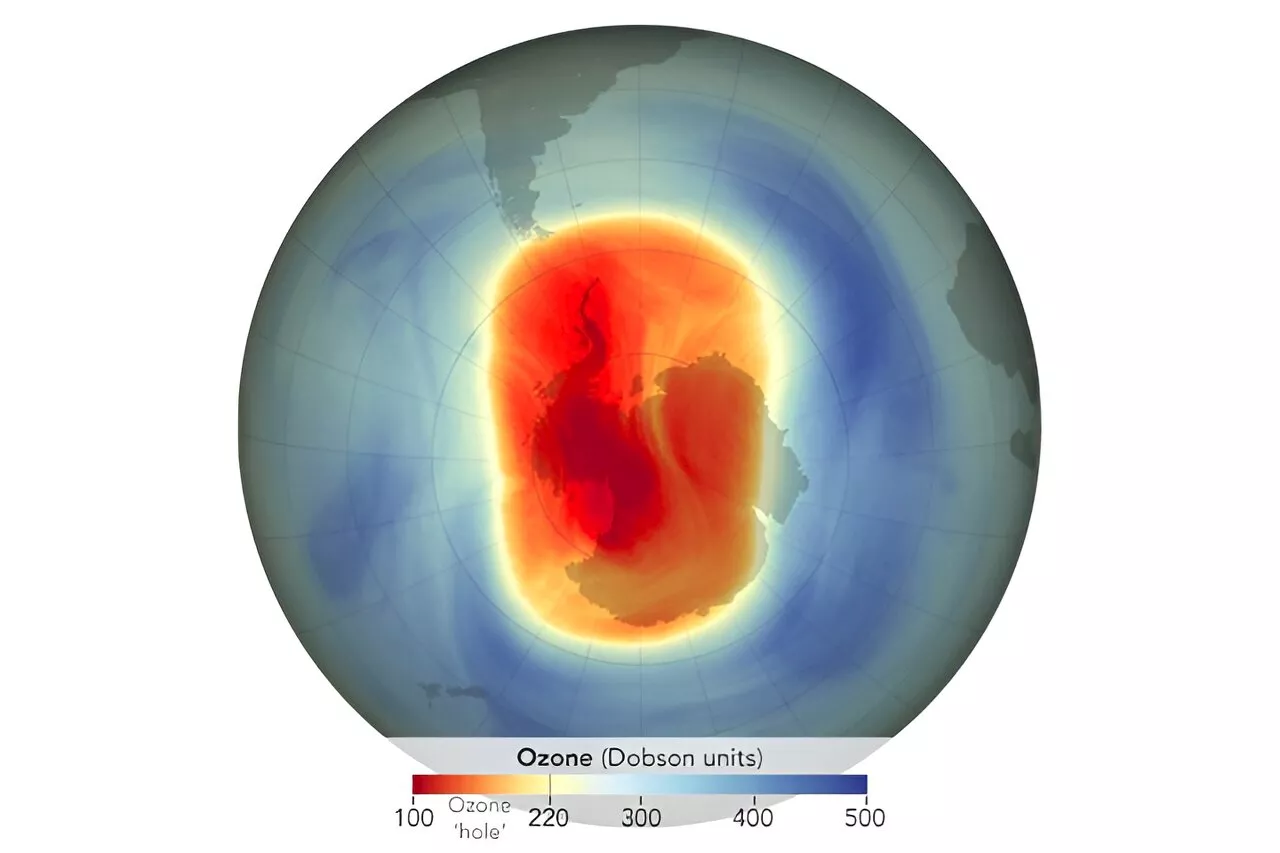Researchers from around the country are conducting four days of experiments at the Gakona facility that could put splotches of red and green light overhead at times.
The Ionospheric Research Instrument at the High-frequency Active Auroral Research Program facility in Gakona on Aug. 25, 2018.
“Traditionally, space debris are observed with satellite and ground sensors that use optics and ranging radars. These methods, however, cannot detect many smaller debris. University scientists have suggested a novel technique for locating space debris by measuring the electric fields that surround them while in motion,” Bernhardt said.
“The angle of visibility for anyone wanting to look for it will depend on a person’s distance from HAARP,” the Geophysical Institute said in this week’s statement. “Because of the way the human eye operates, the airglow might be easier to see when looking just to the side.”
United States Latest News, United States Headlines
Similar News:You can also read news stories similar to this one that we have collected from other news sources.
 HAARP artificial airglow may be widely visible in AlaskaAlaskans and visitors may be able to see an artificial airglow in the sky created by the High-frequency Active Auroral Research Program during a four-day research campaign that starts Saturday.
HAARP artificial airglow may be widely visible in AlaskaAlaskans and visitors may be able to see an artificial airglow in the sky created by the High-frequency Active Auroral Research Program during a four-day research campaign that starts Saturday.
Read more »
 Researchers look to improve dairy production as climate change affects cowsThis is additional taxonomy that helps us with analytics
Researchers look to improve dairy production as climate change affects cowsThis is additional taxonomy that helps us with analytics
Read more »
 Noah’s Ark mystery: Researchers find human signs near boat-like siteInteresting Engineering is a cutting edge, leading community designed for all lovers of engineering, technology and science.
Noah’s Ark mystery: Researchers find human signs near boat-like siteInteresting Engineering is a cutting edge, leading community designed for all lovers of engineering, technology and science.
Read more »
 Researchers can now visualize osmotic pressure in living tissueIn order to survive, organisms must control the pressure inside them, from the single-cell level to tissues and organs. Measuring these pressures in living cells and tissues in physiological conditions is a challenge.
Researchers can now visualize osmotic pressure in living tissueIn order to survive, organisms must control the pressure inside them, from the single-cell level to tissues and organs. Measuring these pressures in living cells and tissues in physiological conditions is a challenge.
Read more »
 Researchers report mass bleaching of coral reefs in warming Florida oceans: 'Like a forest without trees'Peering over the edge of research vessel Coral Reef II as it sailed through the Florida Keys, Shedd Aquarium postdoctoral fellow Shayle Matsuda saw white.
Researchers report mass bleaching of coral reefs in warming Florida oceans: 'Like a forest without trees'Peering over the edge of research vessel Coral Reef II as it sailed through the Florida Keys, Shedd Aquarium postdoctoral fellow Shayle Matsuda saw white.
Read more »
 2023 ozone hole ranks 16th largest, NASA and NOAA researchers findThe 2023 Antarctic ozone hole reached its maximum size on Sept. 21, according to annual satellite and balloon-based measurements made by NASA and NOAA. At 10 million square miles, or 26 million square kilometers, the hole ranked as the 12th largest single-day ozone hole since 1979.
2023 ozone hole ranks 16th largest, NASA and NOAA researchers findThe 2023 Antarctic ozone hole reached its maximum size on Sept. 21, according to annual satellite and balloon-based measurements made by NASA and NOAA. At 10 million square miles, or 26 million square kilometers, the hole ranked as the 12th largest single-day ozone hole since 1979.
Read more »
